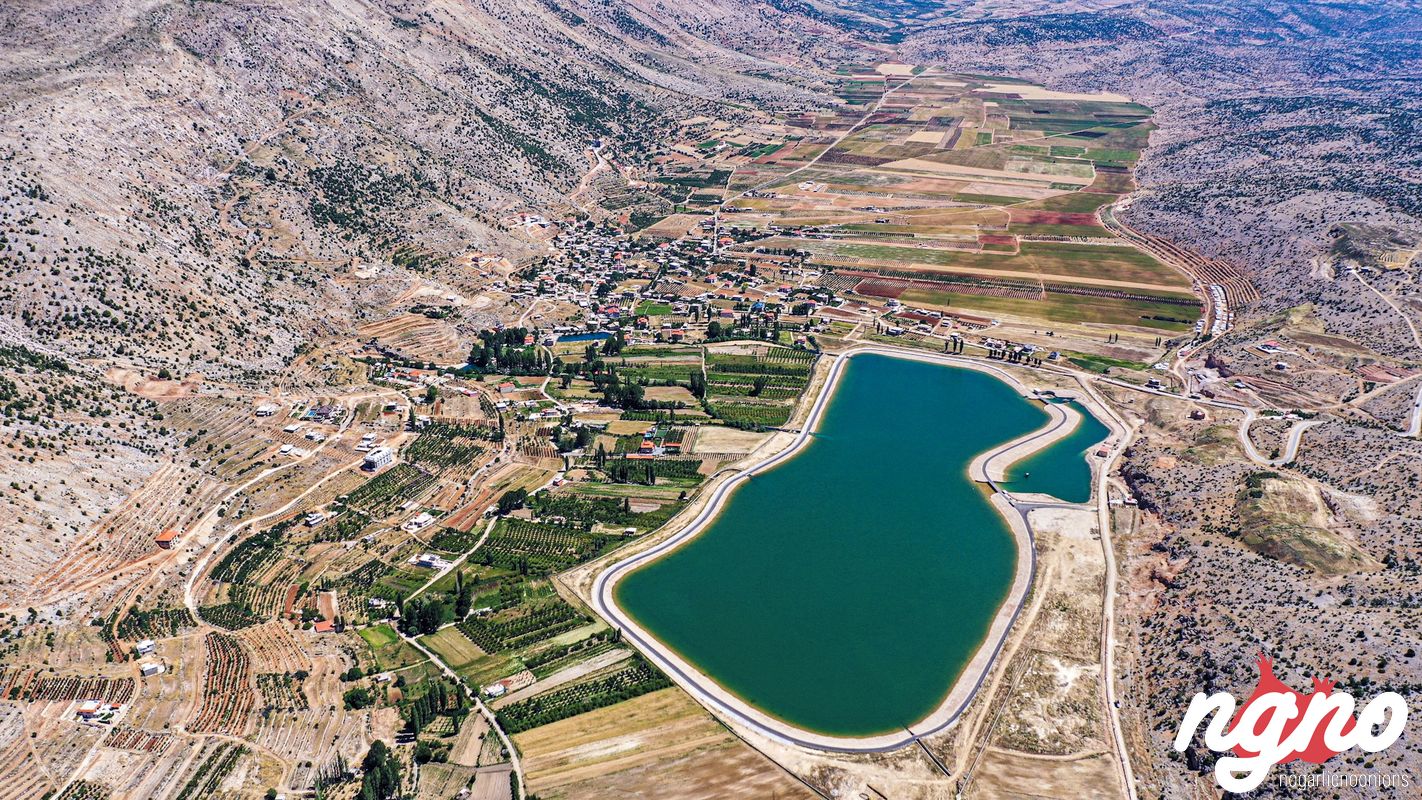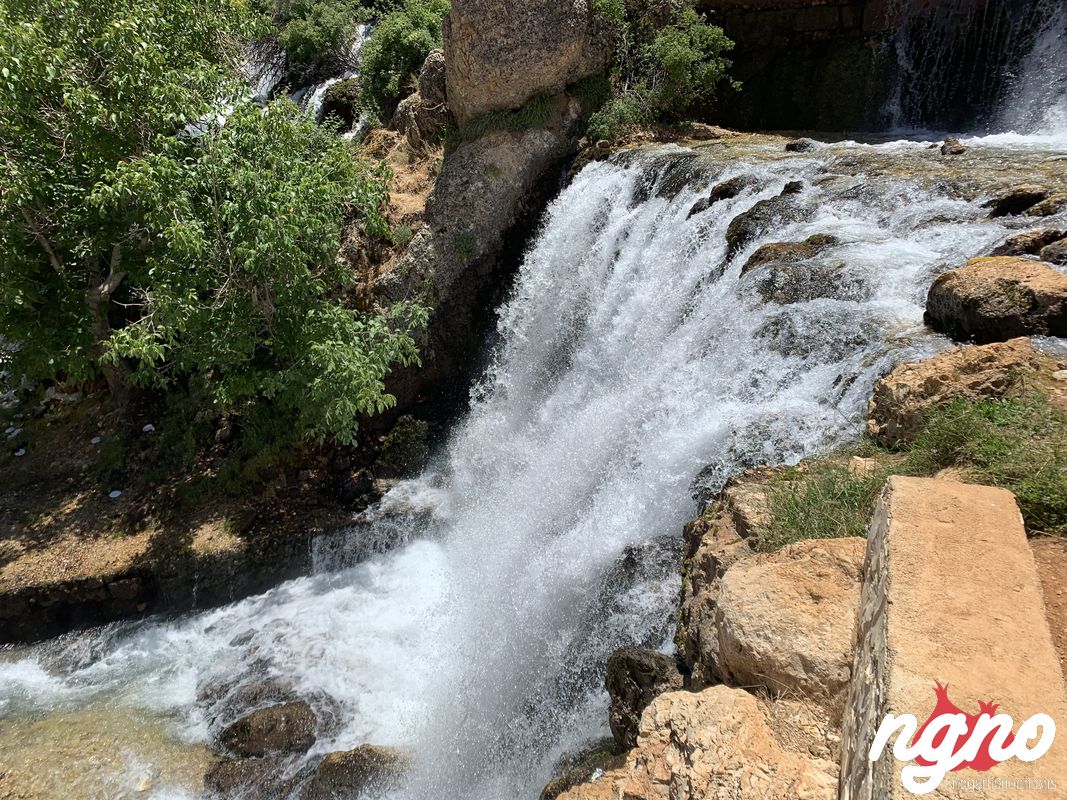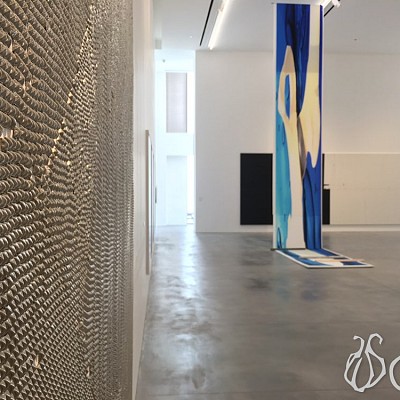Yammoune is a lake, nature reserve, village, and municipality situated 27 kilometers northwest of Baalbek in Baalbek District, Baalbek-Hermel Governorate, Lebanon. The village has a few hundred inhabitants.
There are the ruins of a Phoenico-Greco-Roman temple in the village that are included in a grouping of Temples of the Beqaa Valley. It is said to be dedicated to Astarte or Venus. Part of two enclosure walls and the temple foundations remain intact. Inscriptions, written in Latin, were found at the temple site. Ancient Greek inscriptions were also found. It is considered likely to be of Phoenician origin. Ernest Renan visited the site and discovered sections of a frieze and parts of pediment attributed to the temple. A partly broken cockle shell with a figure of a goddess with outstretched arms was also found recently during ploughing by a tractor. The ancient name of Yammoune is not known however some have suggested that it was once the location of a Festival of Adonis.

The temple is situated on a hill, approximately 300 meters from the mainspring in the area, the Naba al-Arbain. It lies next to the lake where it is considered ancient worshippers took a pilgrimage from the temple at Afqa to purify themselves in the temple waters. Michael Alouf found a statue of Adonis in the temple, carrying an ear of corn in one hand and a quiver and a lamb in the other. He stored the statue at a museum he founded in the ruins of Baalbek. Alouf also found a Roman road measuring 200 meters (0.12 mi), located 2 kilometers southeast of the lake. He also found another square building measuring approximately 12 square meters (130 sq ft) next to this road. The building was constructed of large stones, and an Ancient Greek inscription was found inside. He considered it an ancient guardhouse or watchtower for protection of travelers. He suggested that oracles were consulted at the temple in connection with Queen Zenobia, who legend tells, sent offerings to the goddess by placing them on the lake. If the offerings sunk to the floor of the lake, then the goddess had accepted them. If the offerings floated, then they had been rejected and gave a bad omen to Palmyra and the surrounding lands. (WIKIPEDIA)

















































































































































































